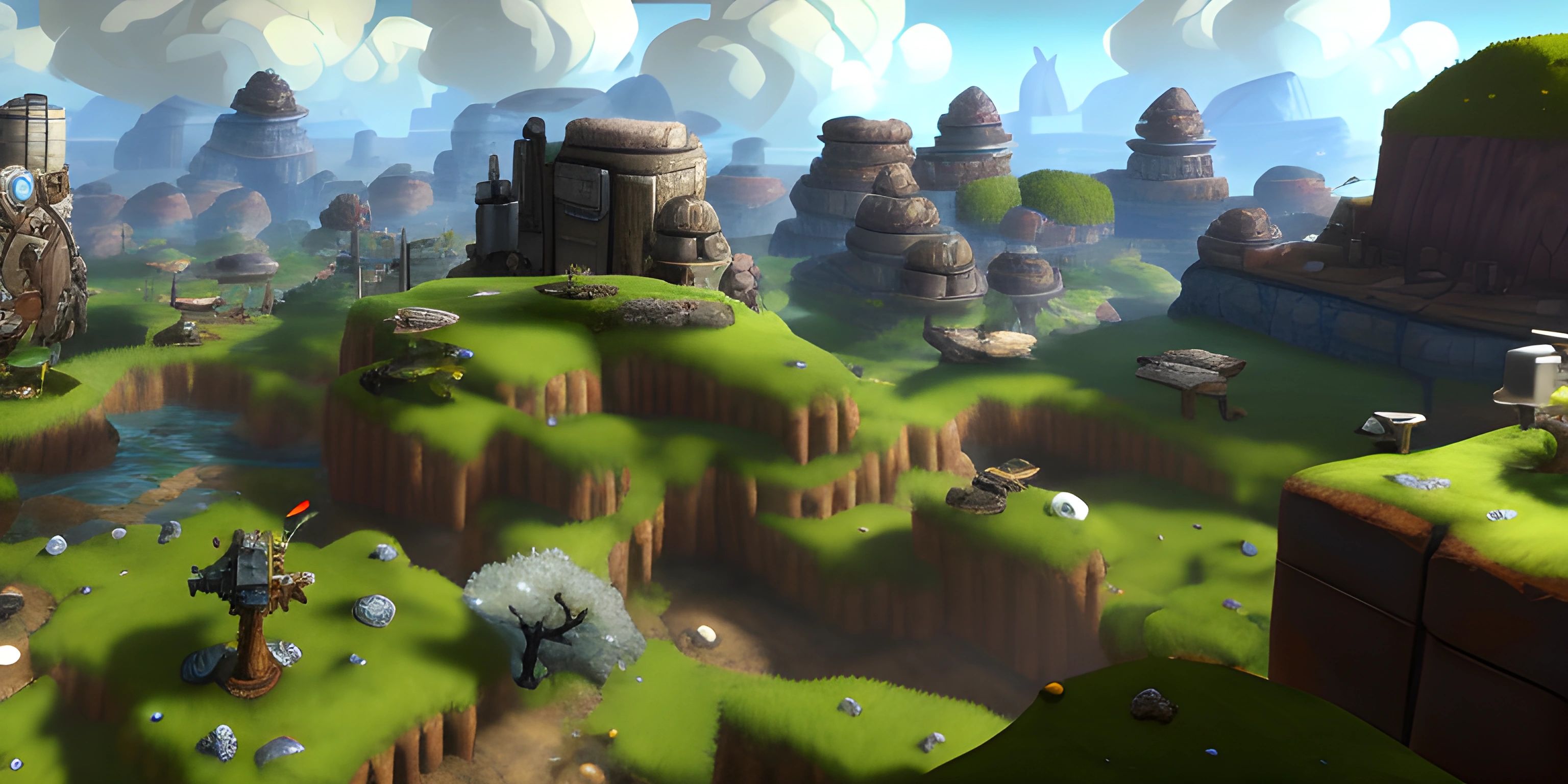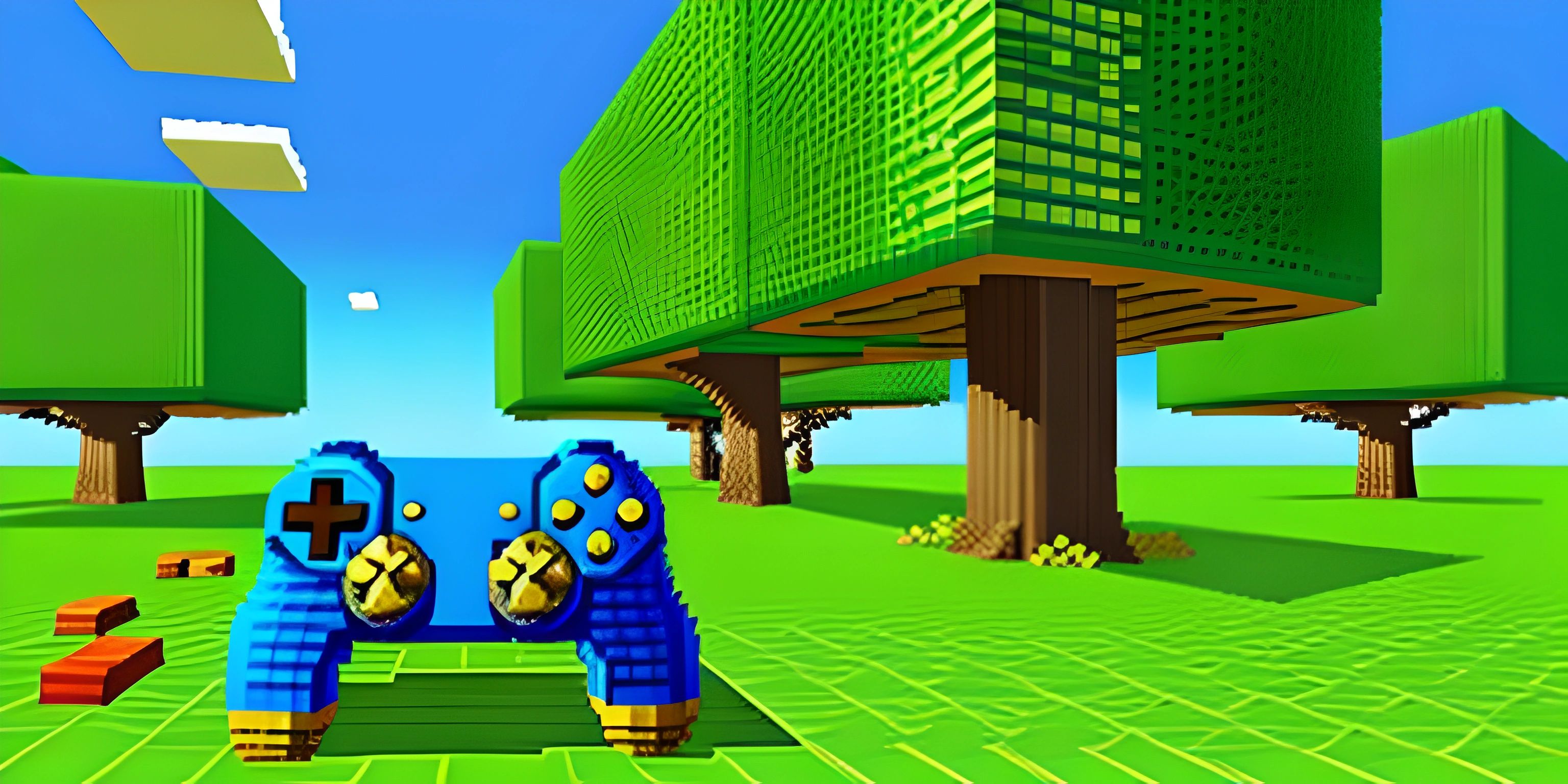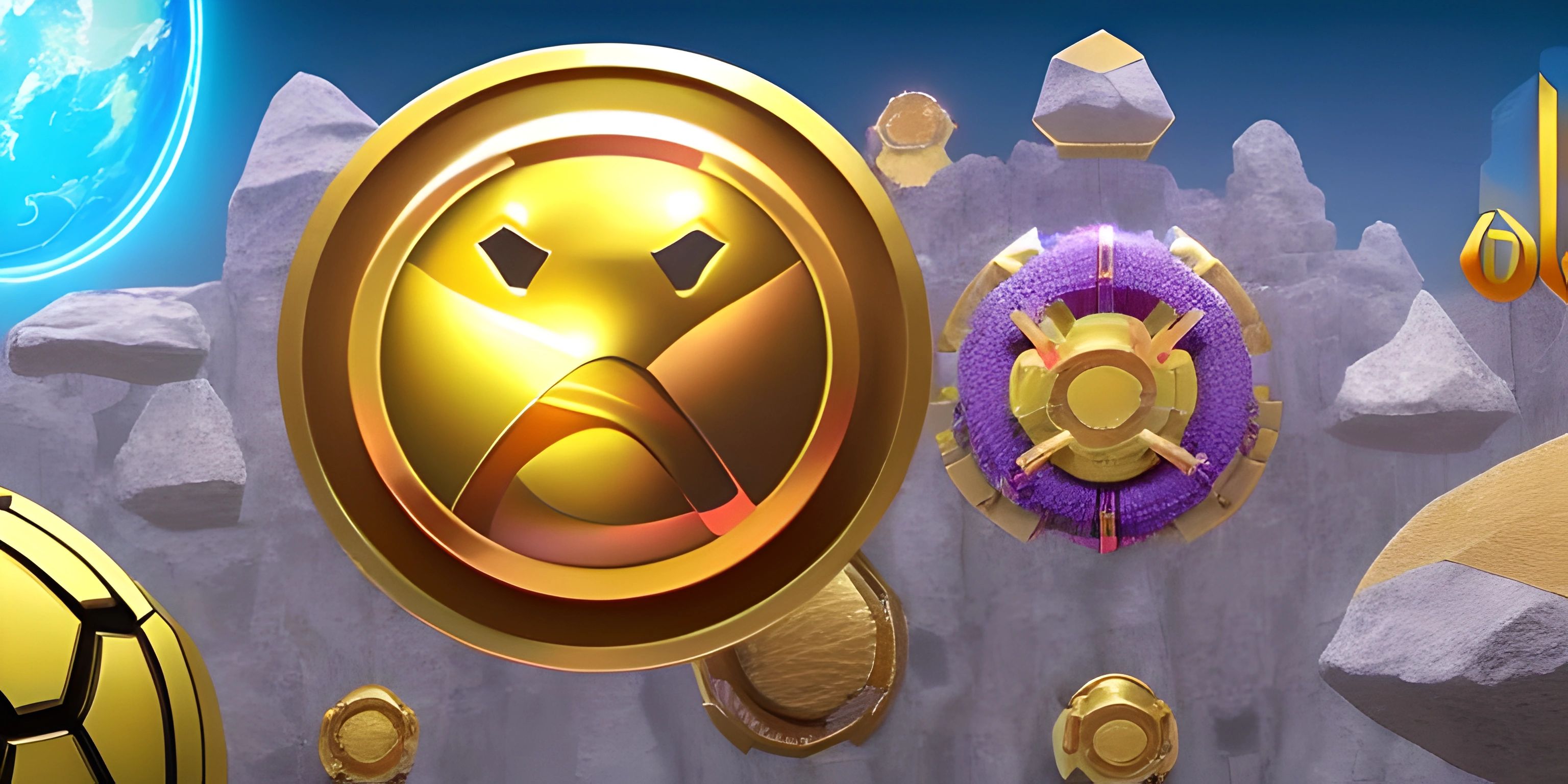Introduction to Game Design

Note: this page has been created with the use of AI. Please take caution, and note that the content of this page does not necessarily reflect the opinion of Cratecode.
Every time you pick up a controller, tap on your screen, or roll a dice, you're stepping into a world crafted by game designers. But what exactly goes into creating these intricate worlds and engaging experiences? Welcome to the wild and wonderful world of game design!
Imagine a chef concocting a brand-new recipe. They need the right ingredients, a clear recipe, and a dash of creativity to make something delicious. Game design is much like that, but instead of ingredients like flour and sugar, we're using pixels, sounds, and a healthy dose of imagination. So, let's dive in and explore what makes up the secret sauce of game design.
The Importance of Game Design
Game design is the heart and soul of any game. It's what keeps players engaged, challenged, and coming back for more. Without good design, even the most visually stunning and technically perfect game can fall flat. It's like having a beautifully wrapped gift that turns out to be socks. Sure, they might be useful, but they’re not exactly what you were hoping for.
Good game design blends art, technology, and psychology. It understands what makes players tick, what keeps them motivated, and what makes an experience memorable. It's about crafting rules, creating challenges, and weaving stories that resonate with players on an emotional level.
Key Elements of Game Design
Let's break down the key components that make up the backbone of game design. Think of these as the main ingredients in our recipe:
Mechanics
Game mechanics are the rules and systems that govern how a game operates. They define what players can do and how they interact with the game world. Examples include jumping, shooting, collecting items, or solving puzzles. Mechanics are the nuts and bolts that hold everything together.
# Example of a basic game mechanic in Python (Pygame)
import pygame
pygame.init()
# Set up display
win = pygame.display.set_mode((500, 500))
pygame.display.set_caption("Simple Game")
# Main character
x, y = 50, 50
width, height = 40, 60
vel = 5
run = True
while run:
pygame.time.delay(100)
for event in pygame.event.get():
if event.type == pygame.QUIT:
run = False
# Movement mechanics
keys = pygame.key.get_pressed()
if keys[pygame.K_LEFT]:
x -= vel
if keys[pygame.K_RIGHT]:
x += vel
if keys[pygame.K_UP]:
y -= vel
if keys[pygame.K_DOWN]:
y += vel
win.fill((0, 0, 0)) # Fill the screen with black
pygame.draw.rect(win, (255, 0, 0), (x, y, width, height)) # Draw the character
pygame.display.update()
pygame.quit()Story
The story or narrative is the backbone of many games. It's what gives context to the mechanics and connects players to the game world. A strong story can make the difference between a game being just fun and being an unforgettable journey. Think of it as the filling in a pie – it holds everything together and makes it delicious.
Aesthetics
Aesthetics cover the visual, auditory, and overall artistic aspects of a game. This includes graphics, sound effects, music, and the overall ambiance. Good aesthetics can draw players in and enhance the immersion, making the game world feel alive and vibrant. It's like the icing on a cake – it makes everything look and feel so much better.
Level Design
Level design involves crafting the environments and settings where players interact with the game. This can include everything from the layout of a platformer’s stages to the intricacies of a puzzle game’s challenges. Good level design can guide players, provide the right amount of challenge, and keep the gameplay fresh and exciting.
Balance
Balance is about ensuring that the game is fair and enjoyable for all players. This includes balancing the difficulty, ensuring that no one strategy or character is overwhelmingly powerful, and making sure that the game remains challenging but not frustrating. It’s a delicate dance, much like seasoning a dish just right.
Putting It All Together
Creating a game is much like making a fantastic meal. You need the right ingredients, a clear recipe, and a sprinkle of creativity. Each element – mechanics, story, aesthetics, level design, and balance – plays a crucial role in crafting an engaging and memorable experience.
Game design is an art form and a science. It’s about understanding what makes players tick, what keeps them engaged, and what makes an experience unforgettable. Whether you’re creating a simple mobile game or an epic adventure, remember that good design is the key to success.
Hey there! Want to learn more? Cratecode is an online learning platform that lets you forge your own path. Click here to check out a lesson: Putting It All Together (psst, it's free!).
FAQ
What is the most important aspect of game design?
While every element of game design is important, the most crucial aspect is the mechanics. They define how players interact with the game and are the foundation upon which everything else is built. Without solid mechanics, even the best story and visuals can’t save a game.
How can I start learning game design?
Start by playing a variety of games and analyzing what makes them enjoyable or frustrating. There are also many great resources, such as online courses, books, and articles on Cratecode, that can provide guidance and tutorials.
Do I need to know how to code to be a game designer?
While having coding knowledge can be very helpful, especially for prototyping and understanding technical limitations, it's not strictly necessary. Many successful designers focus on the creative and conceptual aspects and work closely with programmers to bring their visions to life.
Why is balance important in game design?
Balance ensures that a game is fair and enjoyable for all players. It prevents any single strategy or character from becoming overwhelmingly powerful and keeps the game challenging but not frustrating. A well-balanced game maintains player engagement and satisfaction.
What role does aesthetics play in game design?
Aesthetics are crucial for creating an immersive and engaging experience. Good visuals and sound design can draw players into the game world, enhance the atmosphere, and make the overall experience more enjoyable. It's like the icing on a cake, adding that extra layer of delight.





